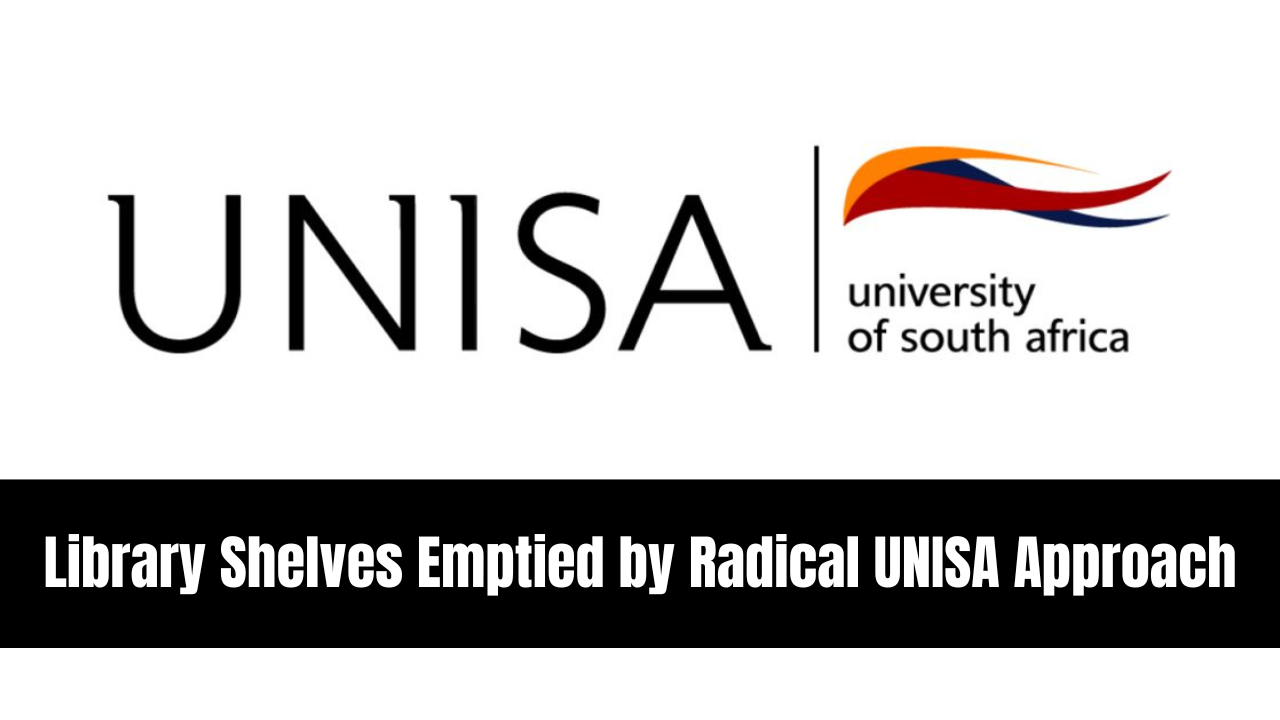Library Shelves Emptied by Radical UNISA Approach. The University of South Australia (UNISA) is undergoing a significant digital transition, leading to the removal of physical books from library shelves. The Jeffrey Smart Building and other UNISA campuses now display empty shelves, signaling the final stages of the institution’s electronic-preferred collection policy initiated in 2011.
The Shift in Book Ratio
In 2016, UNISA reported a notable shift, with e-books outnumbering physical books by around 150,000 titles. Fast forward to the present, and the gap has widened further, with 747,000 permanent e-books compared to 216,913 physical books in the library.
Incremental Transition Aligned with User Behavior
UNISA Library Collections Manager Richard Levy emphasized that the transition has been incremental, aligning with the changing behaviors of students and staff. Levy noted that failure to adapt to digital preferences could risk the relevance of libraries in the academic landscape.
Financial Reallocation, Not Cost-Savings
Contrary to a cost-saving motive, Levy clarified that the digital shift was about repurposing the library’s budget from physical to electronic resources. The data from 2020 indicates a substantial investment in e-books ($3,080,779) compared to a minimal allocation for physical books ($27,985).
Student Perspectives and Concerns
UNISA Student Association president Isaac Solomon acknowledged that while some students raised concerns about online book licenses, the removal of physical textbooks wasn’t a significant issue for most. Solomon emphasized the importance of ensuring that the transition benefits students rather than being solely a cost-saving measure.
Preservation of Physical Copies
Certain physical copies, such as those requiring conservation, unable to be digitized, or culturally significant, have been retained. Art folios and collections like the Bob Hawke Prime Ministerial collection and Aboriginal and Torres Strait Islander collections are among those preserved.
Reaction from Former Students
Former UNISA law student Melak Khaleel expressed concern about the perceived devaluation of arts resources, citing a lack of resources for the art department compared to the law library. The removal of art books from the Jeffrey Smart Building sparked disappointment among students, with some expressing dismay over the apparent downscaling of the art department.
Future Direction and Reflection
UNISA electronic library strategy, while radical, reflects the broader trend in academia toward digital-first approaches. Levy emphasized the need to strike a balance between embracing new technologies and acknowledging the long tradition and architectural significance of libraries.
Conclusion
UNISA digital transition represents a significant shift in the landscape of academic resources. While the move towards electronic resources aligns with evolving user behavior, concerns about resource allocation and the preservation of cultural and academic heritage remain critical considerations.
As the institution navigates this transition, the impact on student learning experiences and the future direction of libraries will be subjects of ongoing scrutiny and evaluation.










